The Story of Tales of Time
Sometimes a collection arrives in your mind like a spark you can’t ignore. For me, Tales of Time was one of those moments.
Tune In To Our Woodstock Playlist
56 years ago, a muddy field in upstate New York became the backdrop to something unforgettable. A celebration of music, freedom, and unapologetic self-expression.
How We Reimagined Our Iconic Penny Lane Coat
Written by Naomi, co-founder of The Hippie Shake The Inspiration Some pieces you design. Others, you become. The Penny Lane coat is one of those for me. From the beginning,...
The Return of Heroes
A new chapter for The Hippie Shake, from Naomi After taking time to pause, reflect, and realign, The Hippie Shake returns with a new energy and a reimagined vision —...

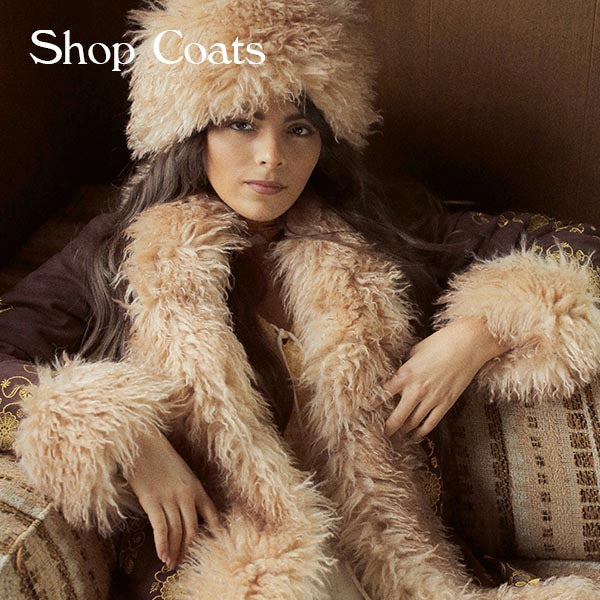

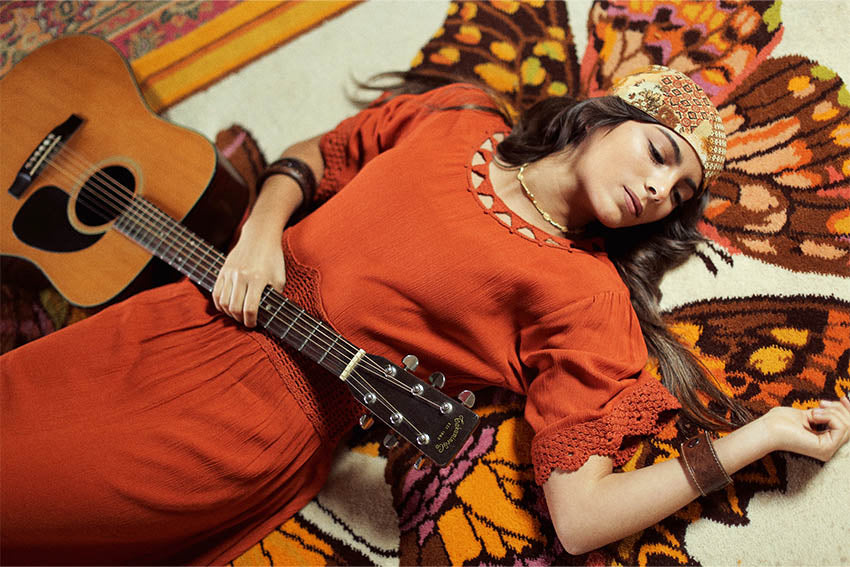
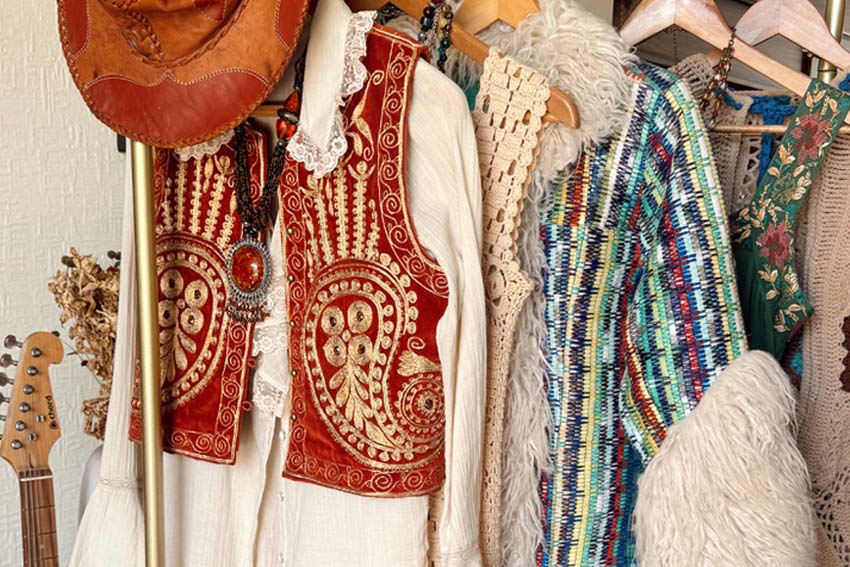
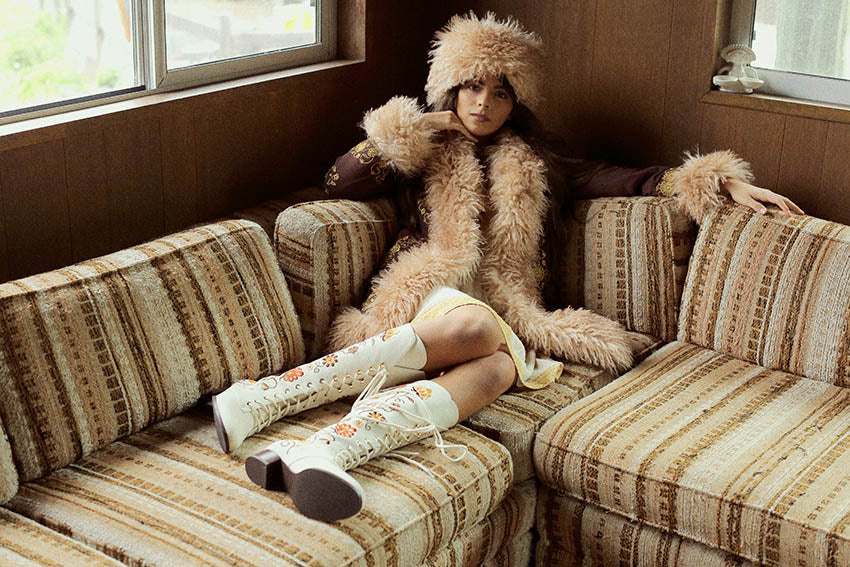
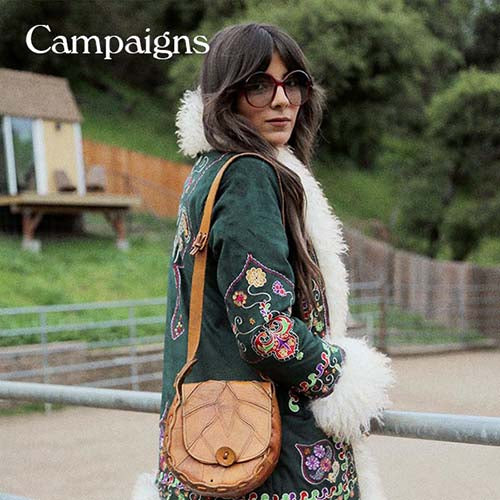
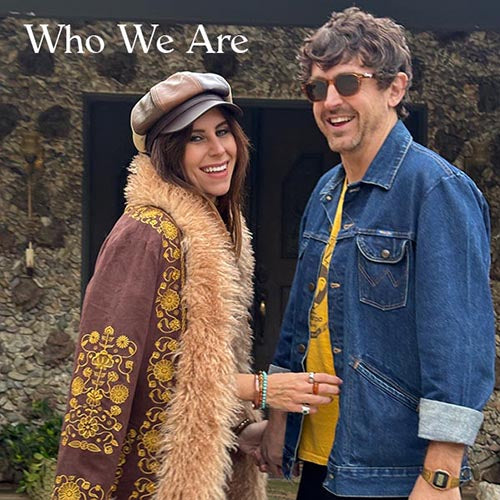

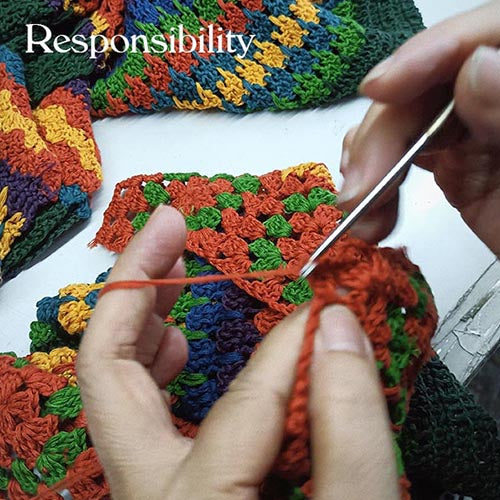

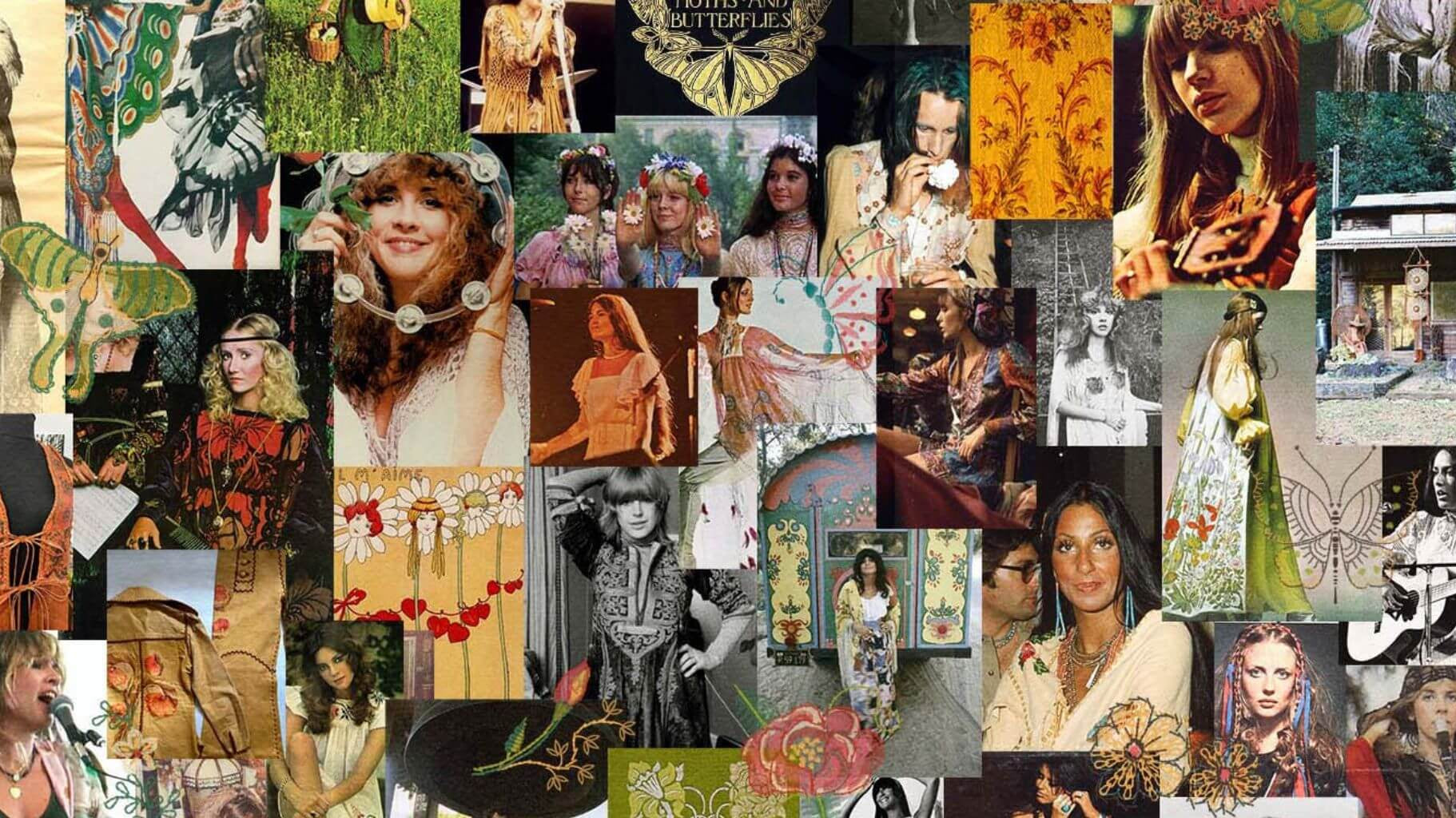
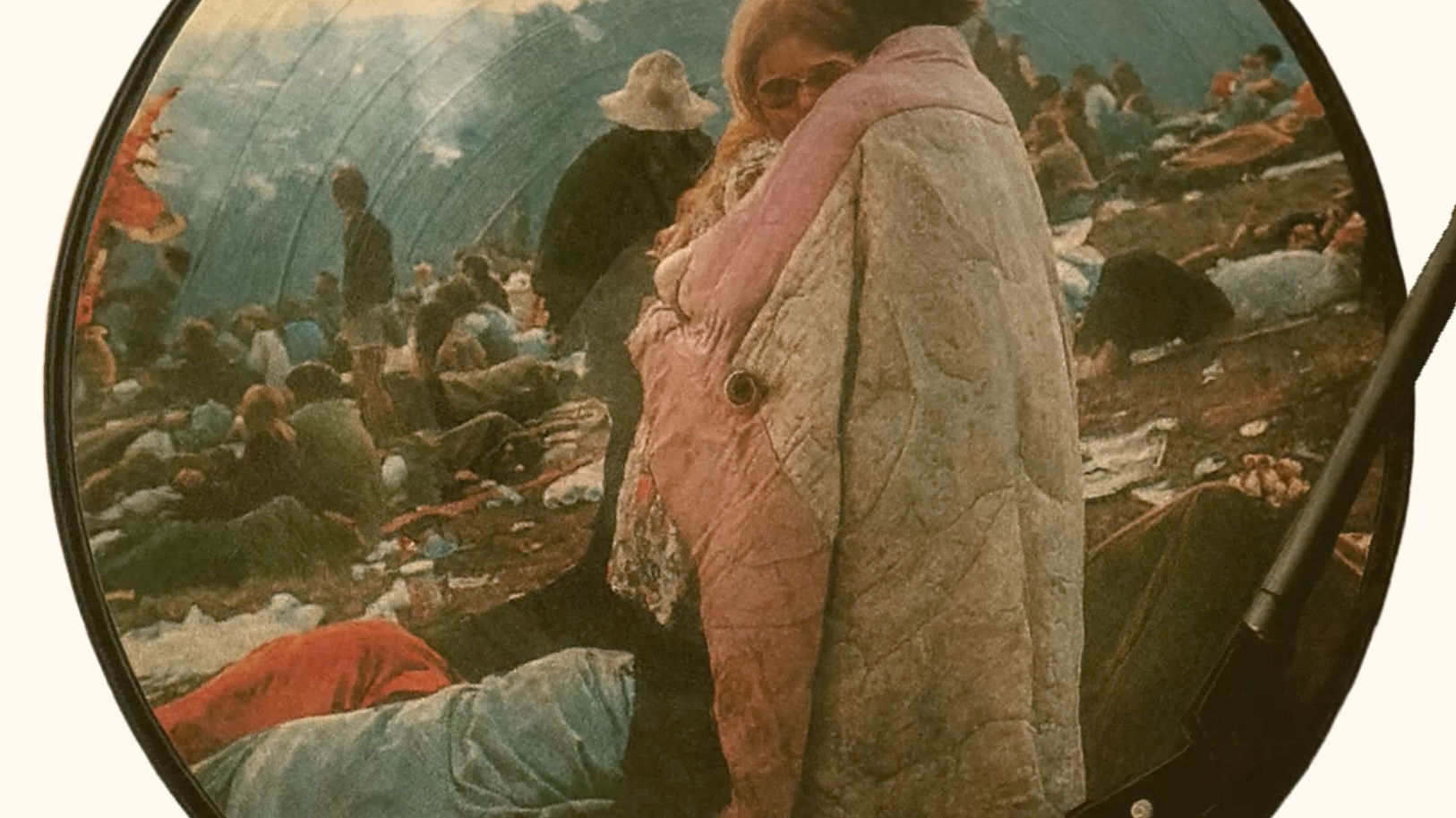
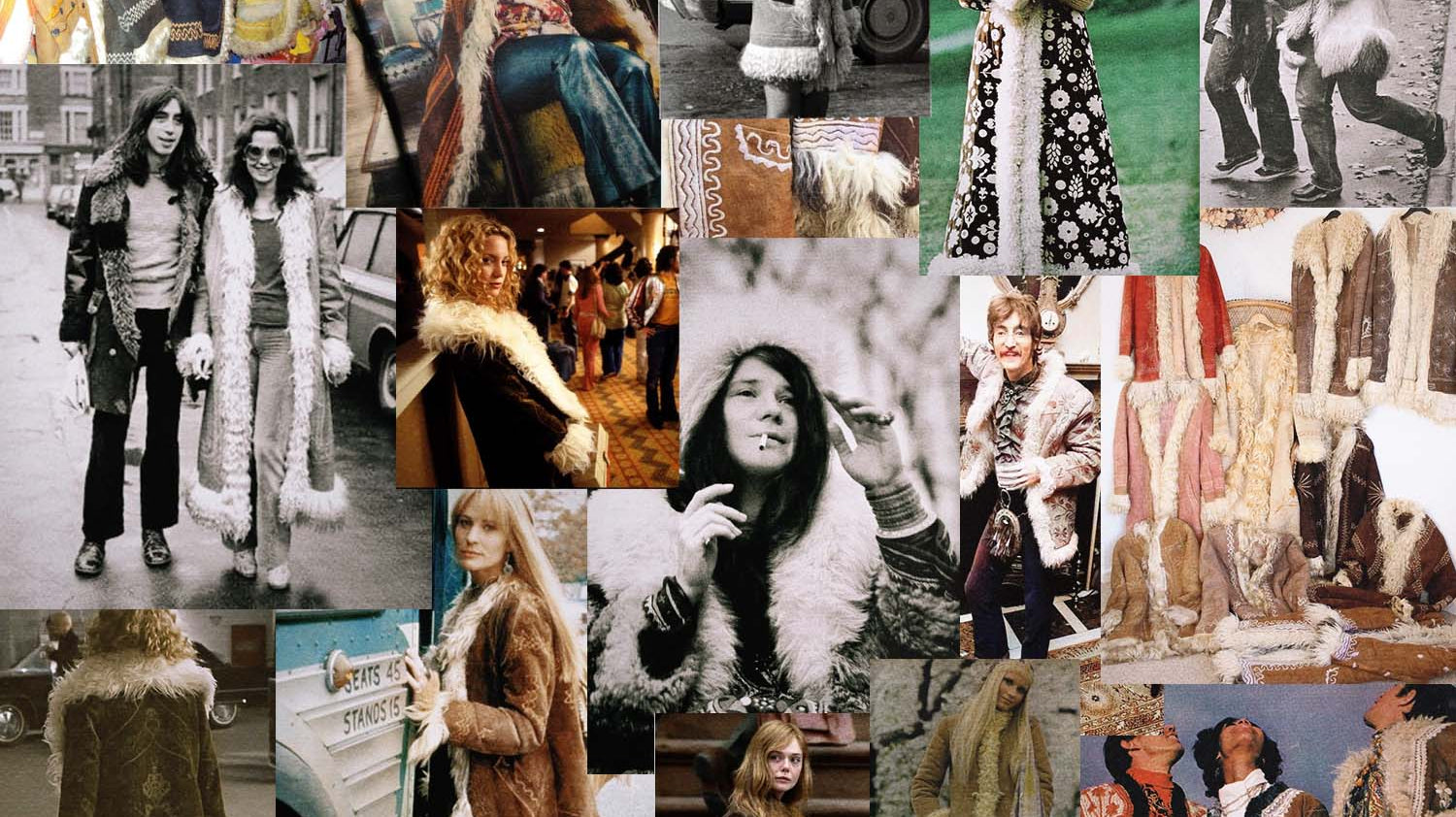
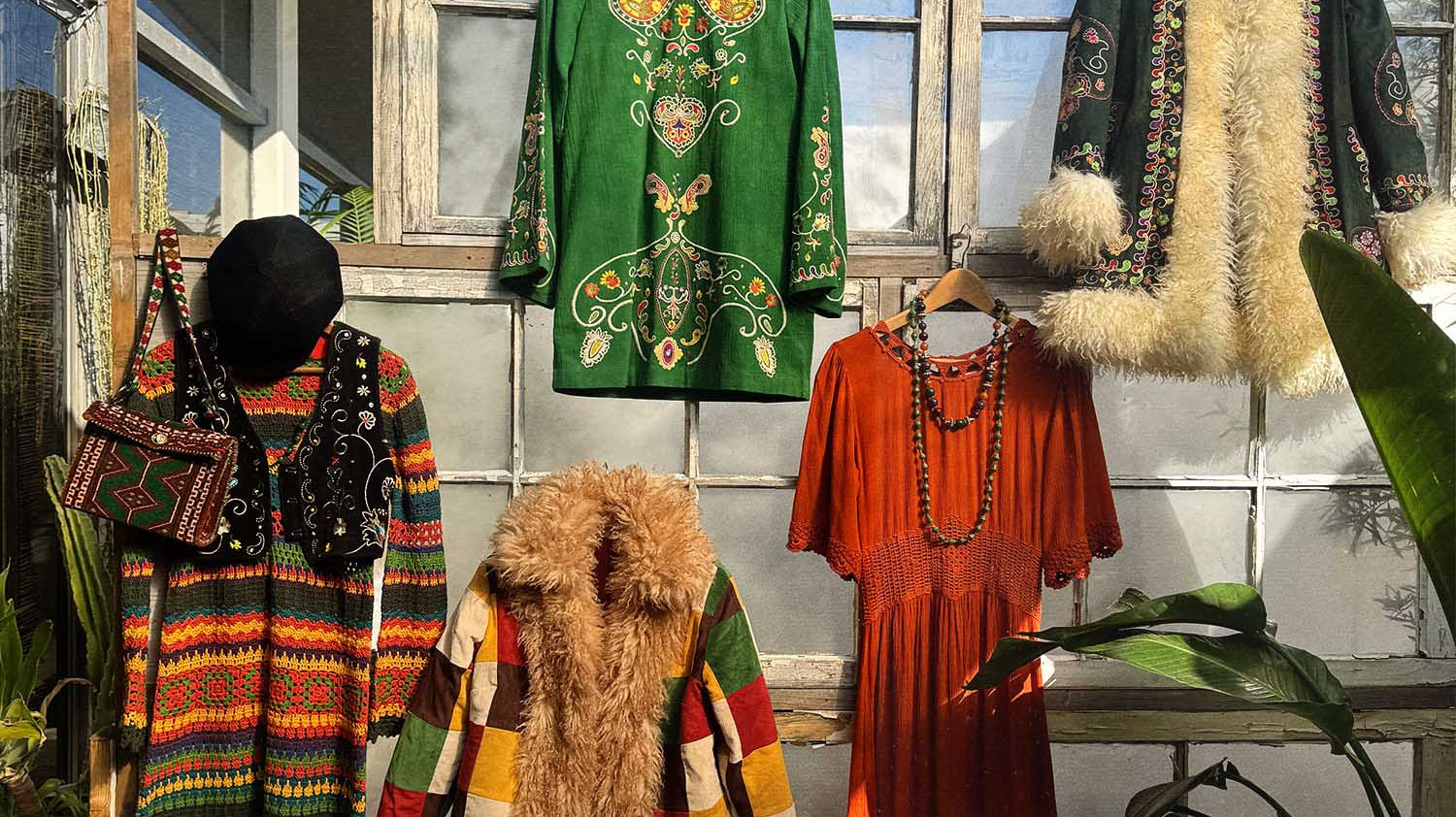
